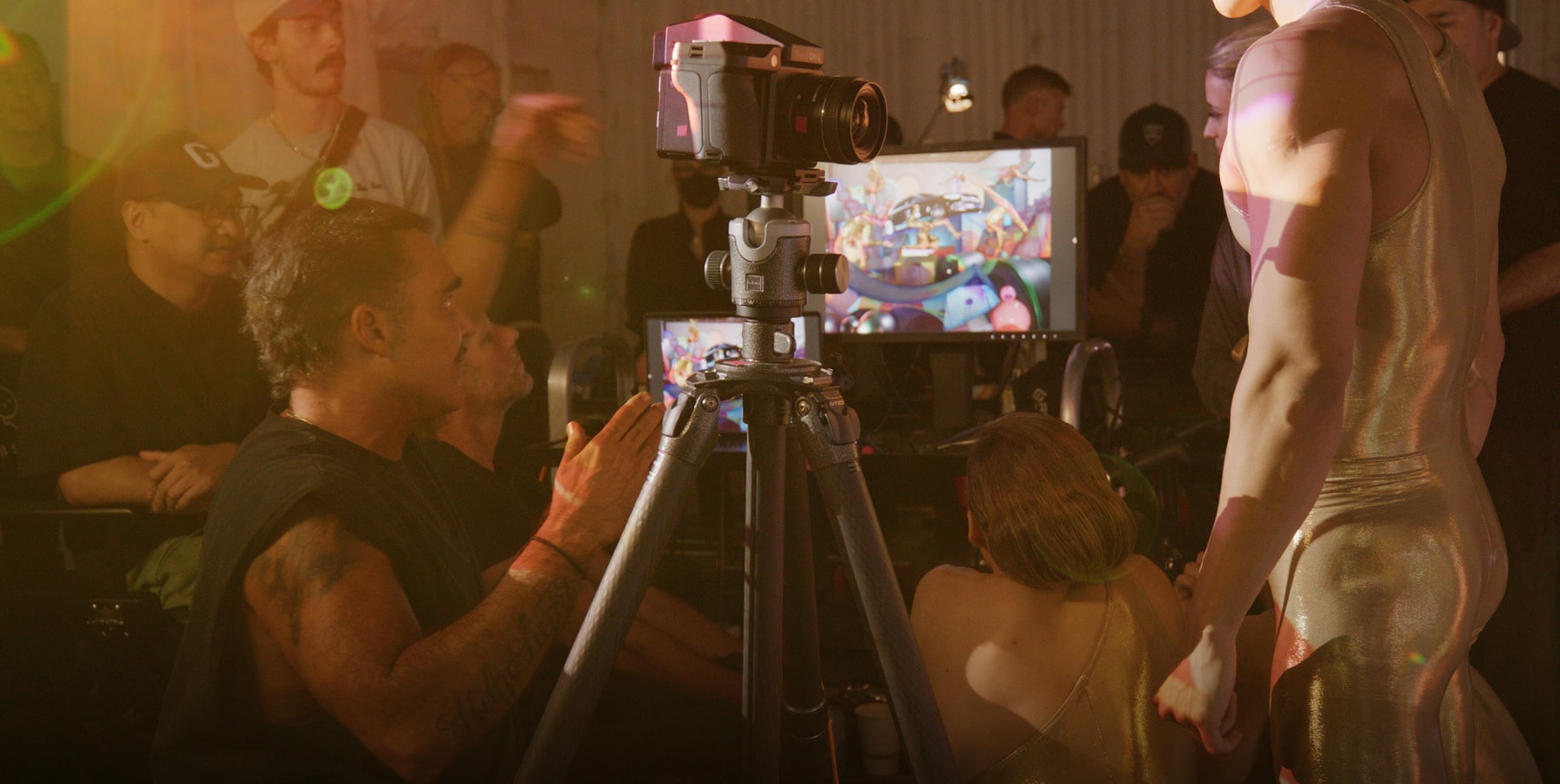

Think of any superstar over the past four decades and it’s likely that David LaChapelle has photographed them. David Beckham and David Bowie, Bjork and Lady Gaga, Tupac and Travis Scott — the list continues to grow. Though other notable photographers whose careers and resumes have extended the length of LaChapelle’s — the late Chi Modu and Janette Beckman being several — rarely has anyone replicated the zeitgeist in the surrealist and hyper-saturated manner as him.
LaChapelle wants his subjects to feel larger than life and in over the course of that lifelong mission, he has (inadvertently) come to prophesize the legacies of some of pop culture’s biggest names — from framing Ye with a crown of thorns long before Yeezus (2013); showing Tupac Shakur as the saintly figure he’s posthumously remembered as and fetishizing high trash culture through early shots of the Kardashians and Paris Hilton. In other instances, LaChapelle’s images have also come to spotlight (and foreshadow) the darker underbelly of fame and governance, such as a portrait of Diddy perched aggressively over an unconscious woman, along with a sanctified depiction of Julian Assange, the WikiLeaks founder still wanted by the FBI for exposing the corruption of the US government.

“I cannot scroll through social media.”
“Each picture tells a story,” LaChapelle says. At 61, he has both seen and helped cultivate the mythology around the biggest celebrities in the Western world. It would be easy to hang it up and enjoy the fruits of his labor, but tirelessly, LaChapelle continues to create some of the most memorable images in pop culture, such as the album covers for Travis Scott’s Astroworld (2018), Doja Cat’s Planet Her (2021) and an ongoing suite of exhibitions. “I used to see a separation between the work I did for myself and the work I did for commission,” LaChapelle explains. “But they actually feed one another. If you go to my exhibitions, you’ll see so many young people and they’re there because of Travis Scott, because of Doja Cat, because of Gaga. But they’ll also see a lot of other stuff they didn’t expect to see.”
What fuels him today, four decades in? The solace found in escaping to his Maui farm. There, he indulges himself in a library of art history books, from ancient Egypt to the Renaissance, the latter of which shows as a frequent inspiration in the maximalist settings and religious iconography he employs in his own work. Some are obvious, like LaChapelle’s 2003 photo, Jesus Is My Homeboy: Last Supper; others are more covert, like Deluge (2003), a reinterpretation of Paolo Veronese’s 1570 painting of the same name. While LaChapelle has stated in the past that he doesn’t necessarily project his Catholic faith on anyone, there’s an undeniable holy presence to the images he captures and themes of right and wrong that are subtly imbued in the elaborately designed sets of his artwork.
Regardless of the subject matter shown in his images, LaChapelle understands that beauty can be used as a powerful tool for connection. It’s something he learned in his early days working alongside Andy Warhol in the ‘80s, who stressed the importance of making everyone “look good.” He also learned, through the rigors of the photography business, that it’s also important to simply keep your mouth shut. “Truthfully, that’s something you’ve got to do,” he affirms. In hindsight, it’s what makes him cherish a good shoot today, where he invites equal insight from his peers, such as his ongoing collaborative partnership with Academy Award Winner and costume designer, Colleen Atwood, who recently worked with LaChapelle on a project for Mercedes-Maybach.
Unveiled during the latest Salone del Mobile in Milan, the artist reinterpreted Maybach’s fleet of super vehicles in three of the 20th century’s most notable artistic genres: cubism, futurism and surrealism. Each set featured a range of world class athletes, gymnasts and Olympians performing incredible motions across euphoric installations specially designed by LaChapelle and his team. “They gave me a lot of freedom,” LaChapelle noted of the partnership, which bridged a gap between the ancient Pyramids of Giza and futurism — despite their not actually being a connection between the two.
He notes that the inspiration for this project stemmed from a shoot he did for Condé Nast Traveller early in his career, where alongside famed Egytologist Anthony West, LaChapelle marveled at the mysteries behind the creation of the Great Pyramids. “We’re taught that the pyramids were from a primitive culture when we were in school, yet we don’t even know how they were built today. It was a much more advanced culture than we can even wrap our heads around.”
“People are afraid to be alone now.”
For an artist who has evolved at the pulse of culture over the past 40 years, David LaChapelle was deliberately slow to enter the world of social media. He simply did not need it. “I cannot scroll through social media,” he says. “It really trips me up.” The urge to churn out content for the sake of content worries LaChapelle when reflecting on the creative landscape today. It cancels out the boredom that can help cultivate a big idea — a project of substance. It’s “in that boredom,” LaChapelle adds, that “we want to creatively figure it out. But if we’re filling it up with scrolling all day long, you don’t have time to get bored. You don’t have time to contemplate or introspect or let your mind wander or daydream.”
Observe anyone at a bus stop, during a lunch break or a family gathering and it’s almost unusual to see them not glued to their phones. “People are afraid to be alone now,” LaChapelle adds. “You have to be on your phone. It’s like a security blanket. When you don’t have that, you allow space in your brain to have quiet time and let inspiration come in.” Ironically, it’s in the act of detaching from our devices that “the best ideas come in.” Shortly after our call, LaChapelle departed for his farm in Maui to incubate the next chapter of his career. But for the majority without a quaint patch of land in the Hawaiian islands, a great first step towards creative enlightenment is to close the app and put the phone back in your pocket.
Photos: © David LaChapelle. Courtesy of the artist and Mercedes-Benz. All rights reserved.

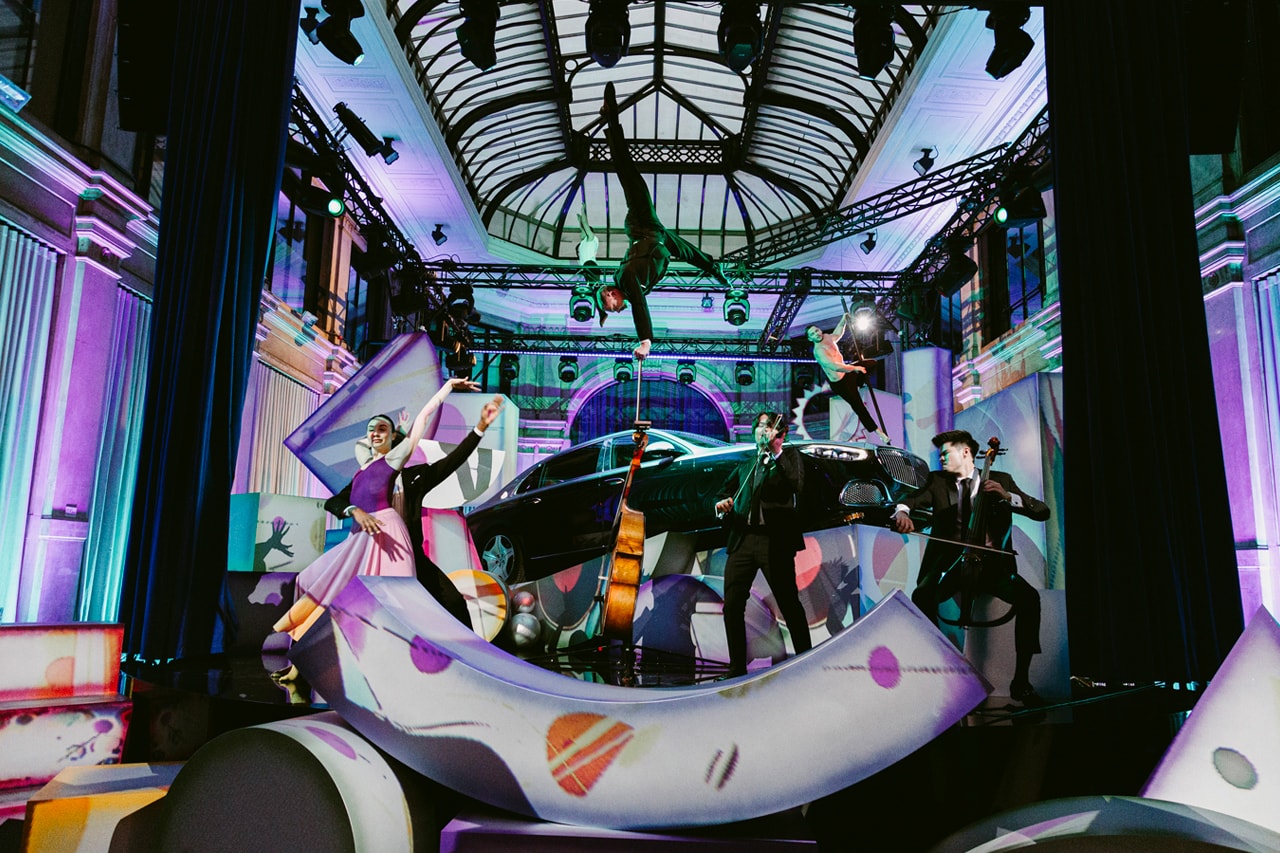



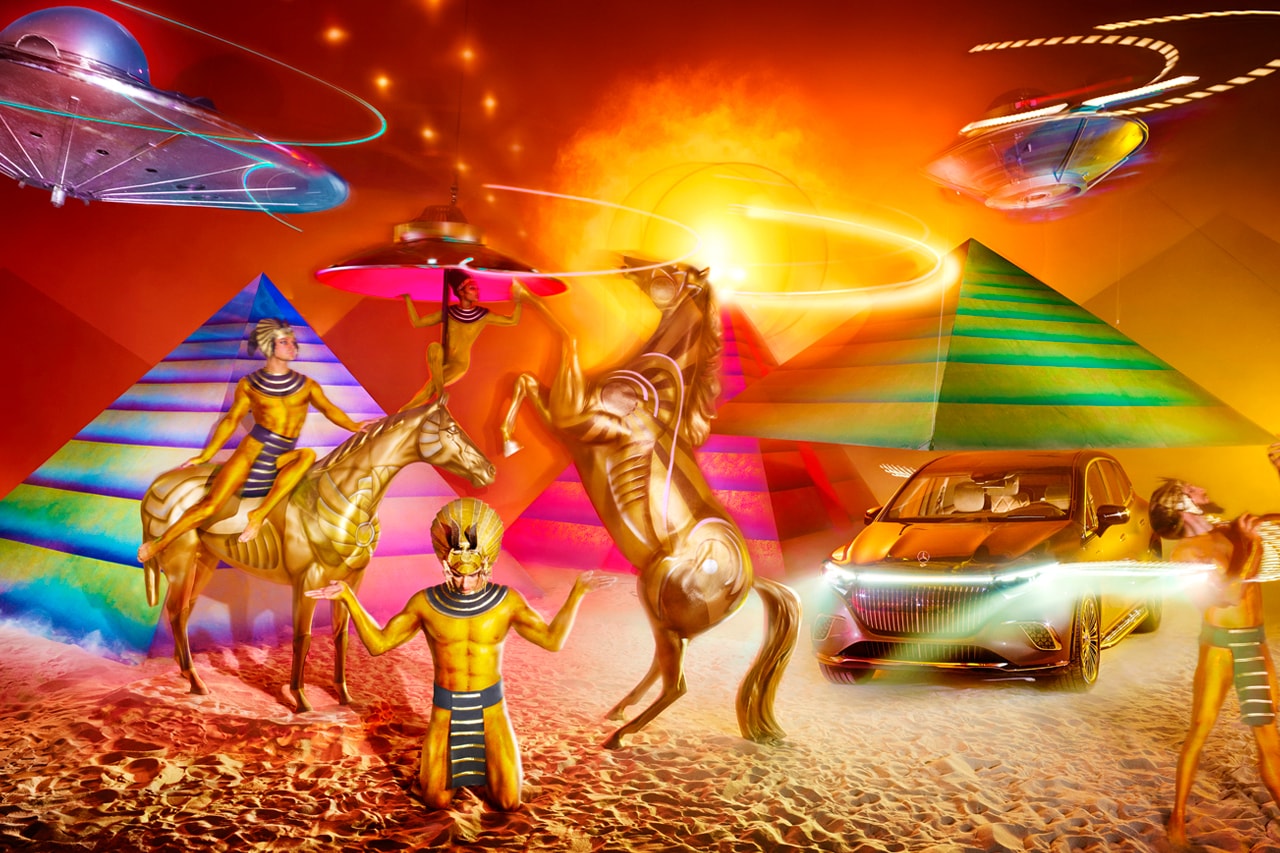
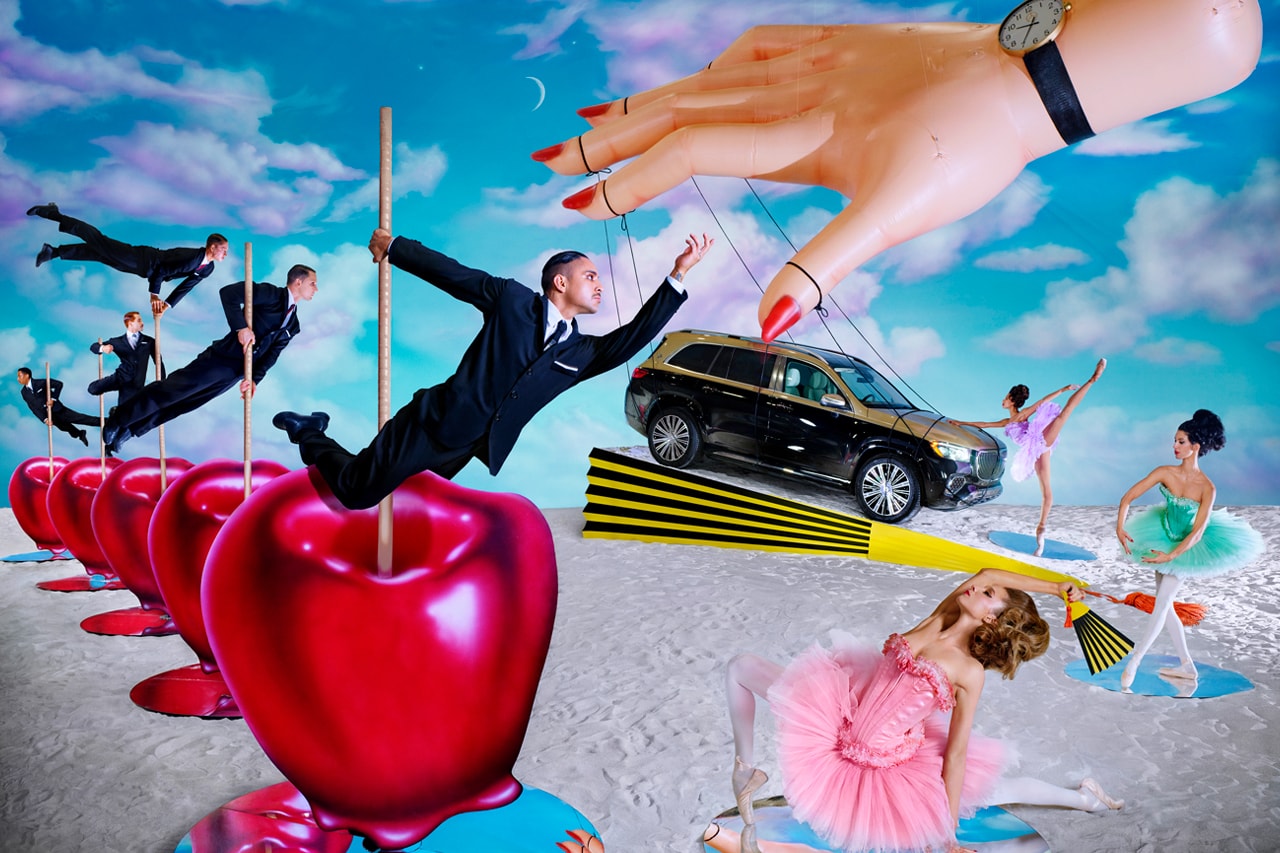

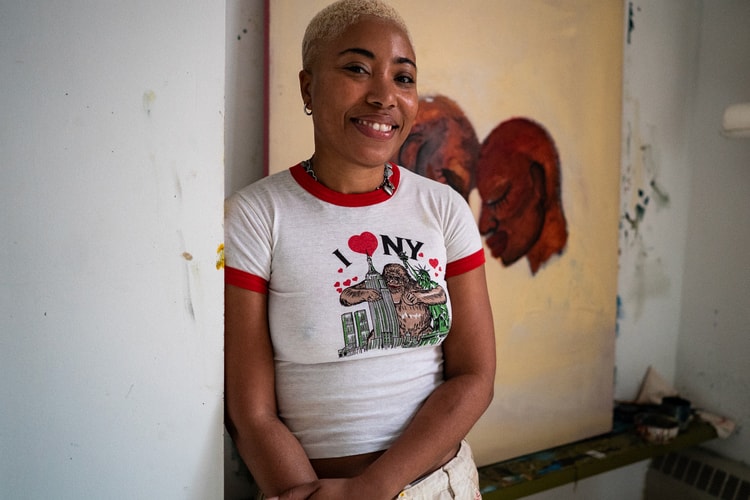
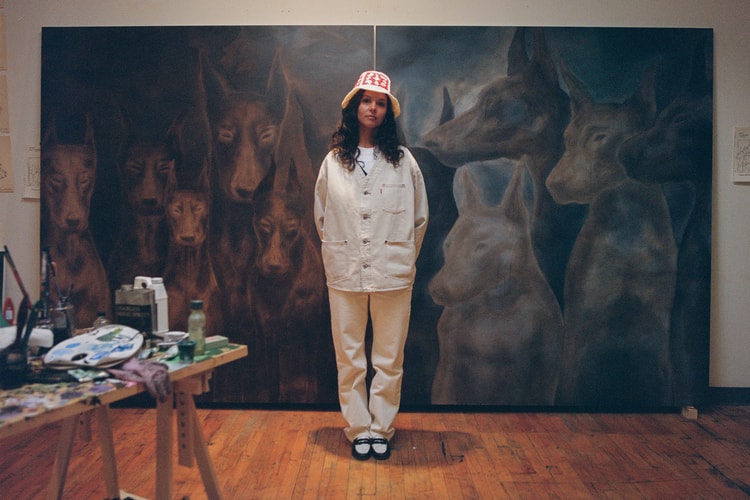
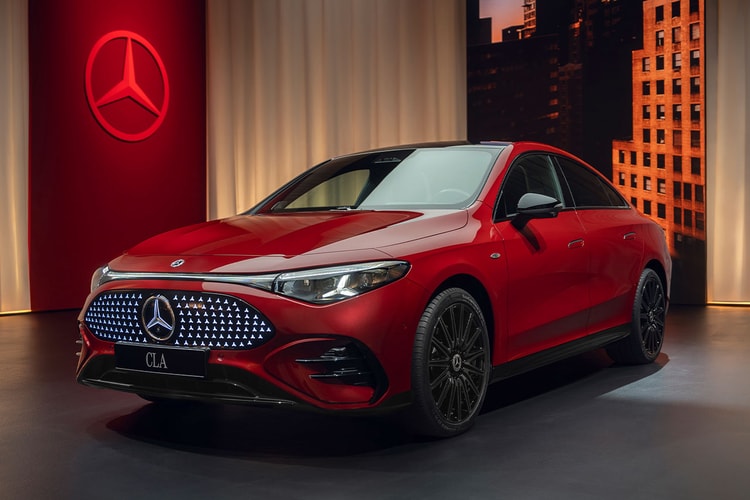

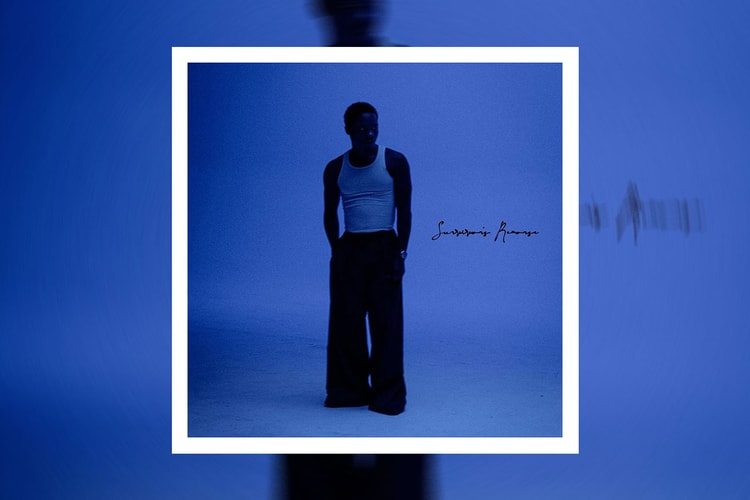

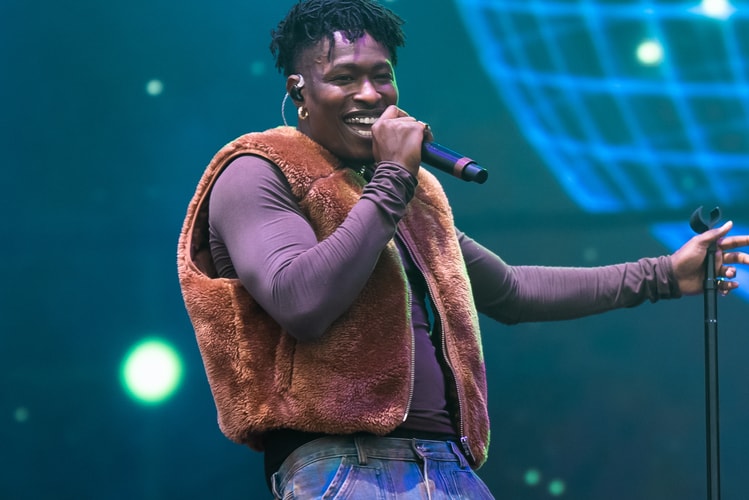
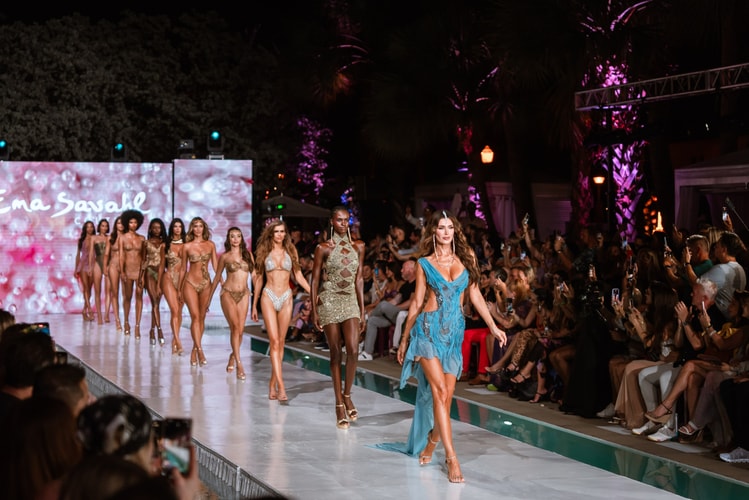
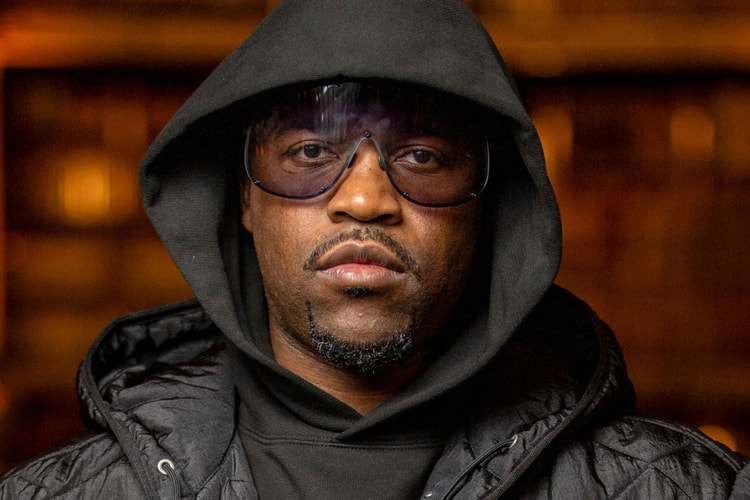
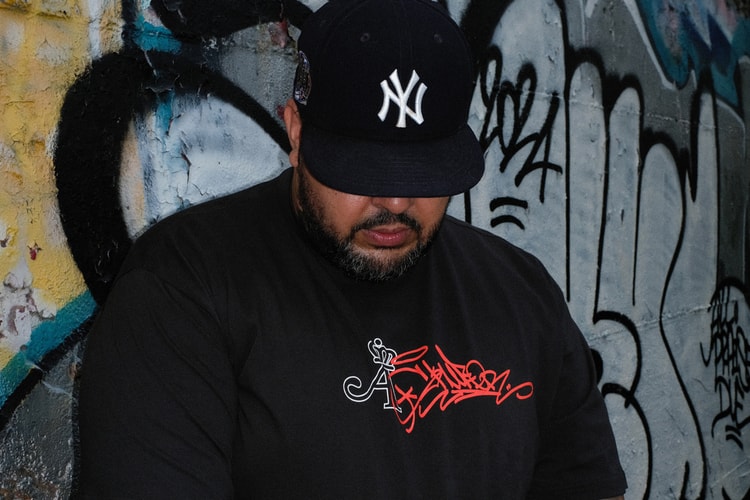
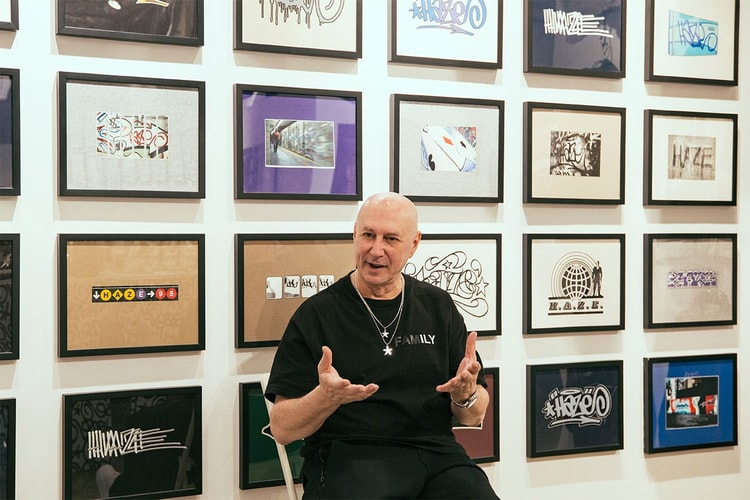
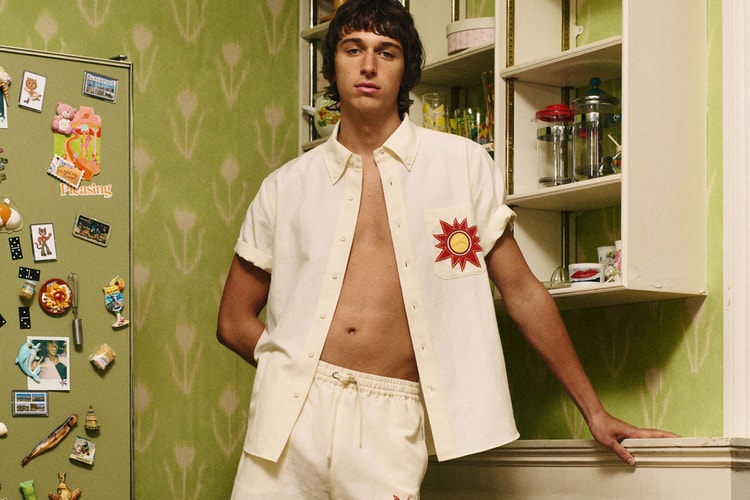
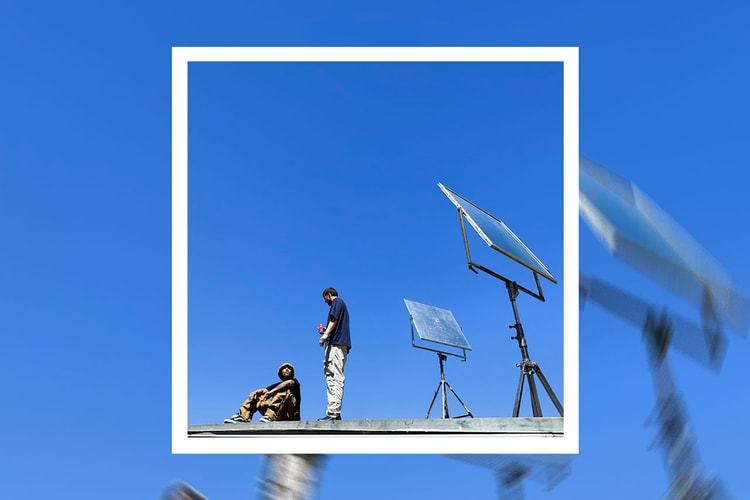

Scan the QR code to open the article on your device or within the Hypebeast App.